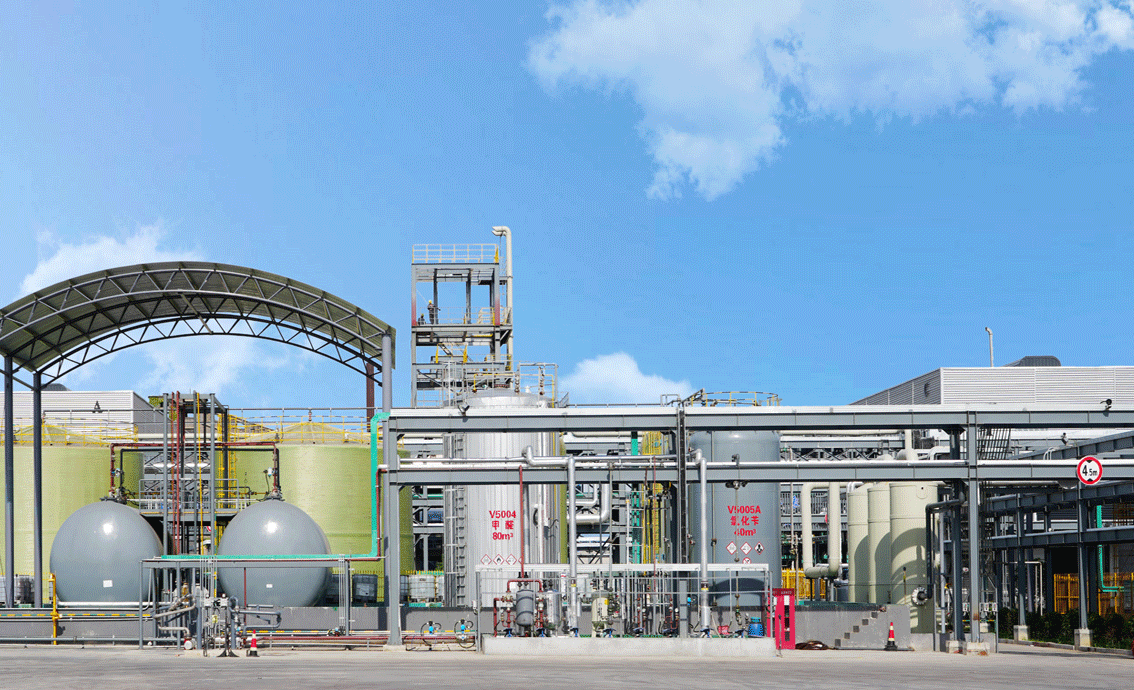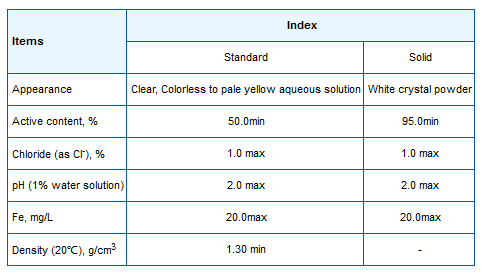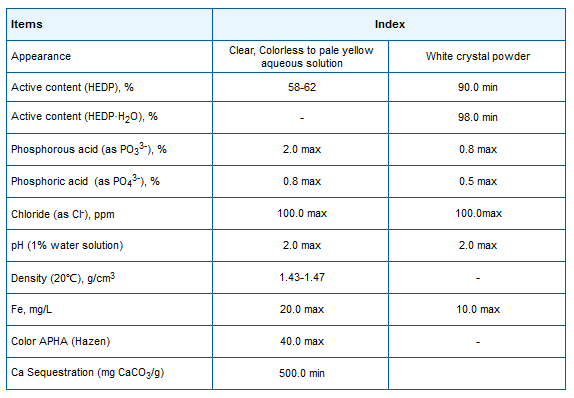| Hydroxyethylidene Diphosphonic Acid (HEDP): A Versatile Water Treatment Chemical |
Properties of HEDP: HEDP is a strong chelating agent with excellent sequestering and dispersing properties. It exhibits high thermal stability, chemical stability, and compatibility with a wide range of water treatment chemicals. HEDP is soluble in water and capable of forming stable complexes with metal ions, making it an ideal choice for controlling scale formation and corrosion in water systems.
Applications of HEDP:
2.1 Water Treatment: HEDP4na is extensively used in water treatment processes to inhibit scale formation and prevent corrosion in industrial water systems. It is employed in cooling water treatment, boiler water treatment, and desalination plants to maintain system efficiency and prolong equipment lifespan. The chelating and dispersing properties of HEDP help in sequestering metal ions and preventing scale deposition on surfaces.
2.2 Oil and Gas Industry: In the oil and gas industry, HEDP plays a crucial role in well stimulation and production enhancement. It is utilized as a scale inhibitor in oilfield operations to prevent mineral scale deposition in pipelines, reservoirs, and production equipment. HEDP’s effectiveness in inhibiting scale formation helps ensure uninterrupted production and reduces maintenance costs in oil and gas fields.
2.3 Household Cleaning Products: HEDP is a key ingredient in various household cleaning products, including detergents, dishwashing liquids, and surface cleaners. Its sequestering properties aid in water softening and preventing mineral deposits on surfaces, ensuring clean and spotless results. HEDP enhances the performance of cleaning formulations by improving water quality and reducing soap scum buildup.
2.4 Industrial Cleaning: In industrial cleaning applications, HEDP is used as a metal chelating agent and corrosion inhibitor in metal cleaning solutions. It helps remove scale, rust, and other contaminants from metal surfaces while providing protection against corrosion. The sequestering properties of HEDP contribute to the efficiency and effectiveness of industrial cleaning processes, leading to enhanced surface cleanliness and maintenance.
2.5 Agriculture: HEDP finds application in agriculture as a nutrient stabilizer and soil conditioner. It helps improve nutrient uptake by plants, prevent nutrient leaching, and enhance soil structure. By chelating metal ions in the soil, HEDP promotes plant growth, increases crop yield, and supports sustainable agricultural practices.
Conclusion: Hydroxyethylidene diphosphonic acid (HEDP) is a versatile water treatment chemical with a wide range of applications across various industries. Its exceptional chelating, sequestering, and dispersing properties make it an indispensable component in water treatment, oil and gas operations, household cleaning products, industrial cleaning, and agriculture. As the demand for effective water treatment solutions continues to grow, HEDP remains a reliable and efficient choice for addressing scale formation, corrosion control, and other water-related challenges in diverse settings.




